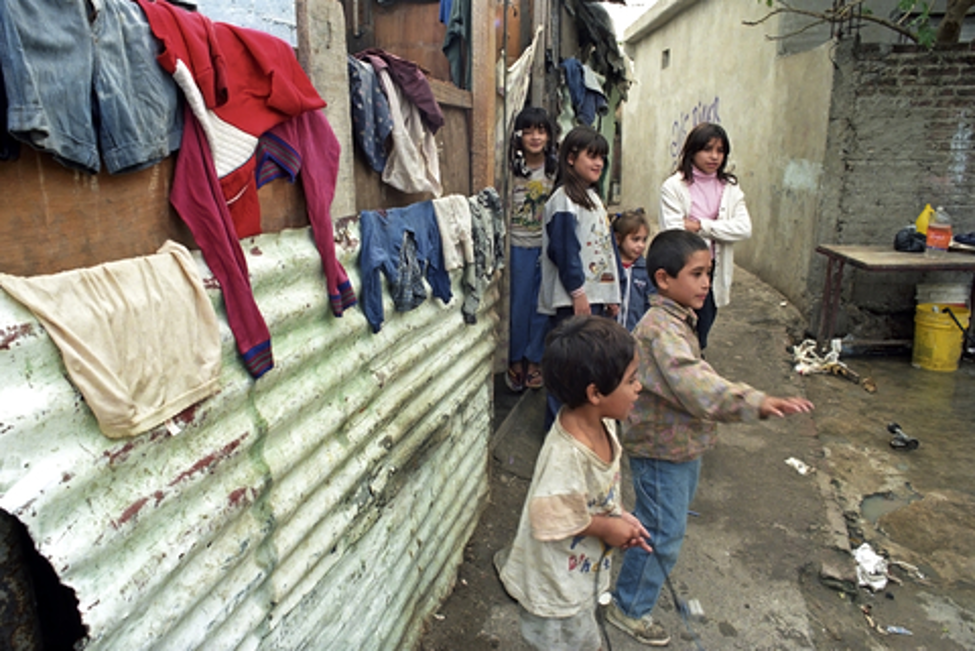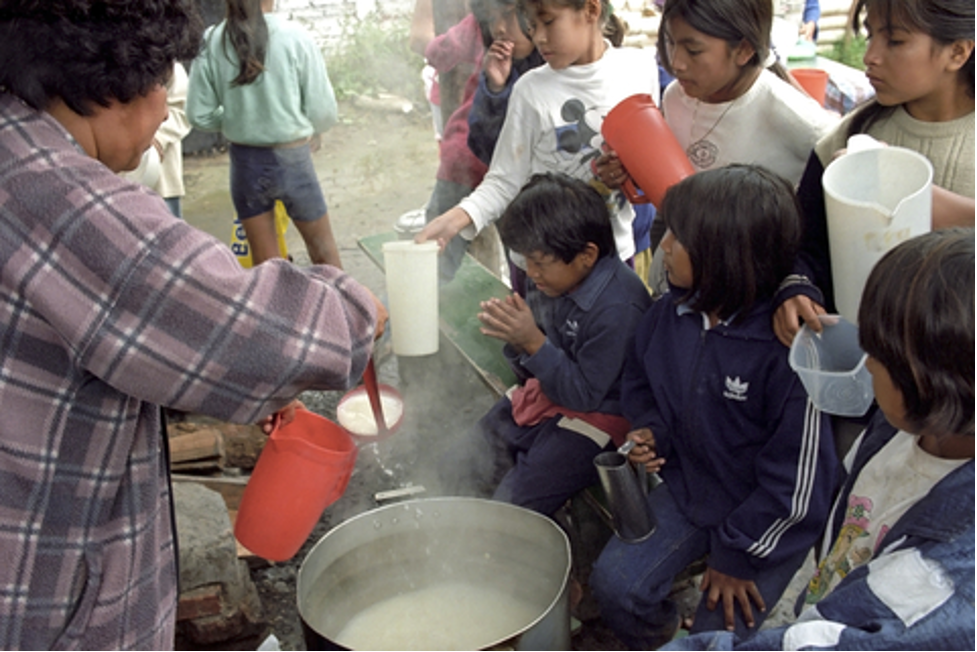Introduction
Communities and populations most in need of supportive change often face the most significant challenges of having their voices heard and their needs understood. Photovoice is a participatory research method that enables them to document and share the realities of their lived experiences with policymakers.
What is Photovoice?
Photovoice equips people who need to be heard with cameras to record and share the aspects of their environments and experiences that policymakers need to understand. Using photos and/or videos as the basis for collaborative discussion, participants tell their stories in powerful, irrefutable ways, thereby claiming a voice in decisions that affect them.
Public health researchers Caroline C. Wang and Mary Ann Burris developed Photovoice in 1992 to bring the daily experiences of village women in Yunnan Province, China in front of decision-makers doing development in their region. According to Dr. Wang, the technique has roots in several approaches including:
- Photo novella: a social research tool in which participants take photographs pertaining to the topic of interest and engage in reflective discussion about their significance and meaning.
- Documentary photography: a tool in social justice research and advocacy
- Critical consciousness: an education and social concept defined by Paulo Freire as the ability to intervene in reality in order to change it
- Feminist theory and practice, specifically recognizing the expertise of “non-professionals”
Photovoice helps facilitate meaningful change by leveraging the inherent power of visual imagery, and by empowering community members to drive the process while policymakers and influencers become the audience. This represents a bit of role reversal from the typical research scenario. Instead of responding to questions and filling in blanks in a narrative defined by the researchers, participants articulate and share their own stories.
The fundamental process of Photovoice is straightforward. The first step is assembling a research team composed of community members, one or more mentors/facilitators, and volunteers to act as staff. The participant’s job is to document their experiences using photos and/or video to illuminate relevant issues and conditions. They curate their own images, adding titles and captions and perhaps writing or dictating narratives to accompany them. Facilitated discussions provide a safe, supportive space for participants to reflect on their images and explore and expound meaning. Presenting the outputs to policymakers gives community members a seat at the table and a voice in decisions.
Why use Photovoice?
The qualitative research toolkit is broad and varied, including a range of investigative methods and techniques. Several aspects of Photovoice make it the most powerful approach for certain applications.
“Seeing is believing”
Stories told through visual imagery can generate influence at the policy table where mere words can fall short. Policymakers are often charged with making choices that impact communities to which they do not belong. Even the most committed and responsible people are limited by their own lived experiences. Certainly, written reports and narrative testimony can be effective and useful. But those in a position to provide firsthand information and perspectives may not have the skill or facility to articulate their stories using words. Lack of education, cultural differences, language barriers – any of these factors can obstruct communication.
Photos and videos, on the other hand, transcend language and cultural gaps. Portraying participants’ realities visually creates an immediacy and power that forces policymakers to confront those realities and holds them accountable for responding.
Cutting out the middleman
Shaping policy around a population’s or community’s actual needs requires decision-makers to gain a thorough and accurate understanding of those needs including how to prioritize solutions and what obstacles will be in play. Skilled, dedicated researchers can only achieve so much in terms of uncovering and reporting relevant issues. Despite their best efforts, everything they generate will pass through the filters of their own understanding. We only get answers to the questions we ask, and we only discover what resides in the places we look. How can outsiders know what to ask and where to look?
Photovoice redefines roles, assigning the researcher(s) to act as facilitators and putting participants in charge of determining what is relevant and what it means. The resulting outputs are more authentic and more nuanced, with depth and texture that can only be achieved when people are afforded the opportunity to tell their own stories in their own ways.
Fostering genuine dialog and collaboration
By offering members of a target community a seat at the table and a voice in the proceedings, Photovoice is empowering. It shifts their role from passive recipients of policy changes that may or may not achieve meaningful results, to active collaborators in shaping those changes. And collaborating with the communities they seek to help enables policymakers to do a better job. Last but not least, it’s a more just and equitable way of doing things.
Helping those whose needs often go unrecognized

Photovoice was designed primarily to help people who are unable to help themselves because policymakers misunderstand or ignore their situations. They may be vulnerable to conditions beyond their power to change; marginalized in some way; discriminated against; or simply overlooked amidst the broader society. Such groups may include (among others):
- The homeless
- Members of minority groups–racial, ethnic, religious, cultural, linguistic
- People who are marginalized due to class, caste, or way of life
- Youth and children at risk for abuse or other perils
- People contending with challenges in daily life due to chronic medical conditions
- The rural poor
Some examples of situations where Photovoice can help:
- Holding those in power accountable by documenting the impacts of their delayed or incomplete actions
- Creating a community assessment that accurately and authentically addresses the lived realities in that community
- Publicizing a situation that merits but otherwise would not receive attention from beyond the local area, such as conditions in a refugee camp or the polluting of a neighborhood or natural area
Photovoice in the age of smartphones
Photovoice initially involved outfitting participants with cameras and instructions for using them effectively. Nowadays the primary tool is the smartphone and while training around ethics and safety is still part of the protocol, the essentials of taking pictures are familiar–even second nature–to most people. And the ubiquity of smartphones makes Photovoice a much less expensive endeavor than was once the case.
Photovoice project steps
The basic Photovoice project plan is the same whether using cameras or smartphones:
- Recruit participants to assemble a team that includes one or more mentors/facilitators and volunteers to act as staff.
- Brief everyone about the goal of the project and their respective roles and responsibilities.
- Train participants in the fundamentals of photography as a craft (lighting, composition, etc.) and, importantly, ethical and safety considerations around using photography to document various situations.
- Take pictures. Discuss, reflect, and select for inclusion in outputs to be exhibited or presented.
Leveraging smartphones through digital ethnography apps
Using smartphones for Photovoice makes it possible to access another powerful qualitative tool: the digital ethnography platform. Utilizing an app like EthOS installed on each participant’s smartphone, the team can make use of the dashboard and other functionalities that facilitate curation, sharing, discussions, and the creation of assemblages for the final exhibit.
Digital ethnography apps are built to be intuitive and non-intrusive, making it easy for users to incorporate project tasks seamlessly into their daily lives and curate the materials they are creating. The dashboard puts everyone’s materials at the facilitator’s fingertips and includes tools for one-on-one and group discussions, a key component of Photovoice.
Photovoice is the most powerful tool for situations that call for putting participants in charge of the storytelling. And apps like EthOS are a natural fit with Photovoice.

